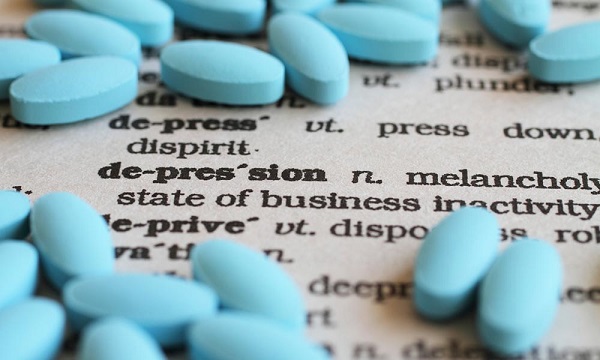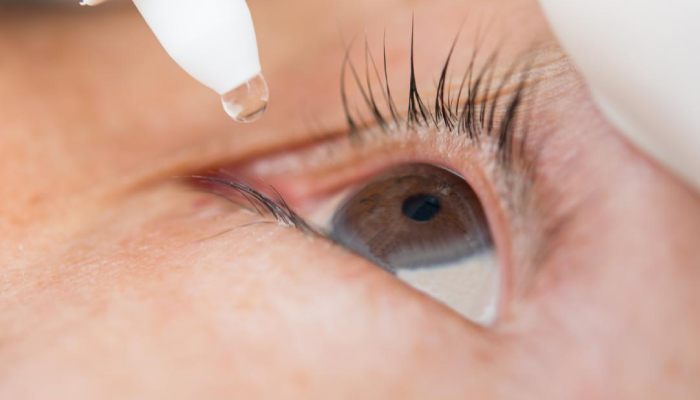The World Of Antidepressants

What Are The Different Medical Treatment For Bipolar Disorder?
April 12, 2020
How To Tackle Stress And Anxiety Without Medicines
April 16, 2020Antidepressants: Why Are They Necessary?
Developed in the 1950s, antidepressants are now being prescribed widely. This clearly is an indicator that depression, anxiety and other mental ailments are on the rise.
So, how exactly do antidepressants work and why are they the most common medical treatment for depression? Antidepressants are designed to rectify the chemical imbalance of neurotransmitters in the brain. These neurotransmitters are the reason behind our moods and emotions.
Why, When and How are Antidepressants prescribed?
Only a medical practitioner can prescribe antidepressants. And only they can decide about the “when” and “why”. There are many kinds of antidepressants that are available today. Each one works differently in different people. The main reason is that depression itself is a highly complex entity.
Doctors gauge a person’s level of depression after several sessions of open discussion. If the doctor feels that non-medical intervention can solve the problem, then that will be the first course of action. That includes counselling, physical activity, enhancing social connectivity and a revised diet. Doctors may also prescribe quitting smoking, drinking and other drug abuse or getting better sleep.
When none of the non-pharmacological interventions bring the desired result, antidepressants become the only other option.
Read More About : Diagnosis And Treatment For Brain Tumours
The Different Types Of Antidepressants
Although there are many types, we shall discuss the 5 main categories of antidepressants.
1.Serotonin and Noradrenaline reuptake inhibitors or SNRIs
Used to treat: Major clinical depressions, mood disorders, ADHD or Attention Deficit Hyperactivity Disorder, OCD or Obsessive Compulsive Disorder, and anxiety disorders.
Features of SNRIs :
- They raise the levels of serotonin and norepinephrine, thus stabilizing the mood.
- Have fewer side-effects than other antidepressants.
Examples:
- Duloxetine
- Desvenlafaxine
- Venlafaxine

2.Selective Serotonin Reuptake Inhibitors or SSRIs
They are the most common antidepressants and typically a doctor’s first choice to treat many types of depression.
Features of SSRIs:
- They have lesser side-effects.
- They are tolerated by most patients.
- They are non-sedating.
- SSRIs block the absorption of serotonin in the brain. This makes the brain more active to receive and send messages.
- They act only on the serotonin and not on the other neurotransmitters. Hence they are called “selective”.
Examples of SSRIs:
- Citalopram
- Escitalopram
- Paroxetine
- Fluoxetine
3.Tricyclic Antidepressants or TCAs
TCAs are used to treat depression, some types of anxiety and fibromyalgia. Sometimes they are also prescribed for chronic pain.
Features of TCAs :
- While they are effective, TCAs are considered to be more harmful than other antidepressants.
- Intake must always be monitored by a doctor as they can cause low blood pressure.
Examples of TCAS:
- Clomipramine
- Imipramine
- Amitriptyline
4.Reversal Inhibitors of Monoamine Oxidase or RIMAs
These antidepressants inhibit the action of monoamine oxidase, an enzyme of the brain.
Features of RIMAs:
- They have fewer side effects.
- They are less sedating and may have lesser curing properties than other antidepressants.
Examples of RIMAs:
- Phenelzine
- Tranylcypromine
- Isocarboxazid

5.Noradrenaline-Serotonin Specific Antidepressants or NaSSAs
NaSSAs are used to treat depression, anxiety disorders and personality disorders.
Features of NaSSAs:
- They are the new antidepressants in the market.
- Best for treating anxiety and sleeping problems.
Examples of NaSSAs:
- Mianserin
- Mirtazapine
Dealing With The Side-Effects of Antidepressants
All antidepressants are likely to induce some kind of undesired side-effect. Doctors must discuss these risks with the concerned patient beforehand. A thorough analysis of the patient’s health condition is also vital to rule out comorbidities.
It is also common for people with extreme depression to have suicidal thoughts. Studies have shown that after the initial intake of antidepressants, these suicidal thoughts can be more profound in some people. Such patients need to be under constant observation.
Some of the most common side effects are nausea, weight gain, dry mouth, sweating, sexual dysfunction, dizziness, anxiety and agitation. Besides, these differ from person to person and mostly start wearing off after a couple of weeks.
What Else Should You Know About Antidepressants?
- Patients should be weaned of gradually from their dosage of antidepressants. This should be done only with the recommendation and supervision of a doctor.
- Some antidepressants can cause withdrawal symptoms.
- All antidepressants carry a “black box warning”. This indicates side effects like suicidal thoughts during the initial stages of intake.
- This medical treatment for depression will take several weeks for the effects to kick in. Hence, perseverance and patience are vital.




